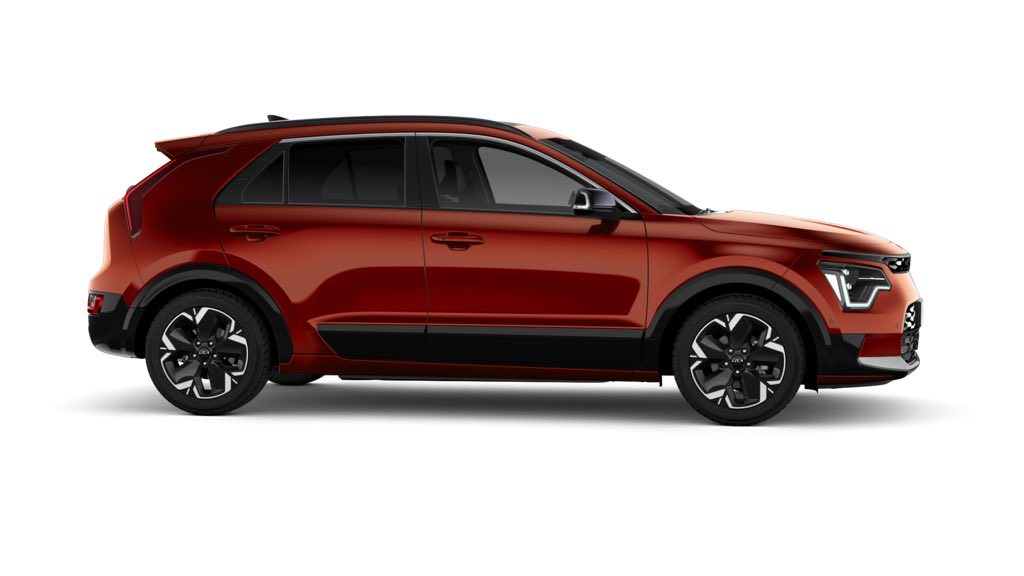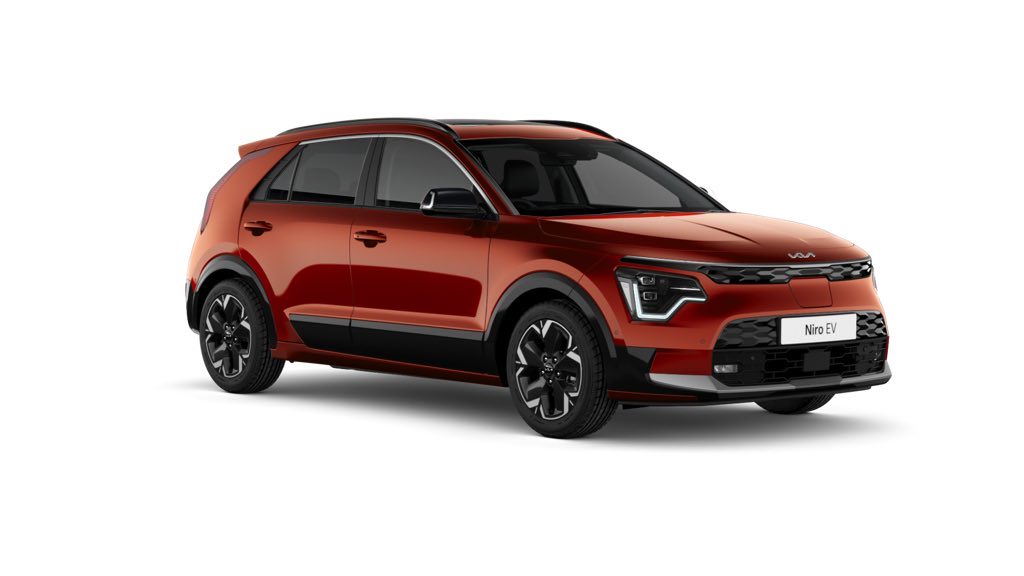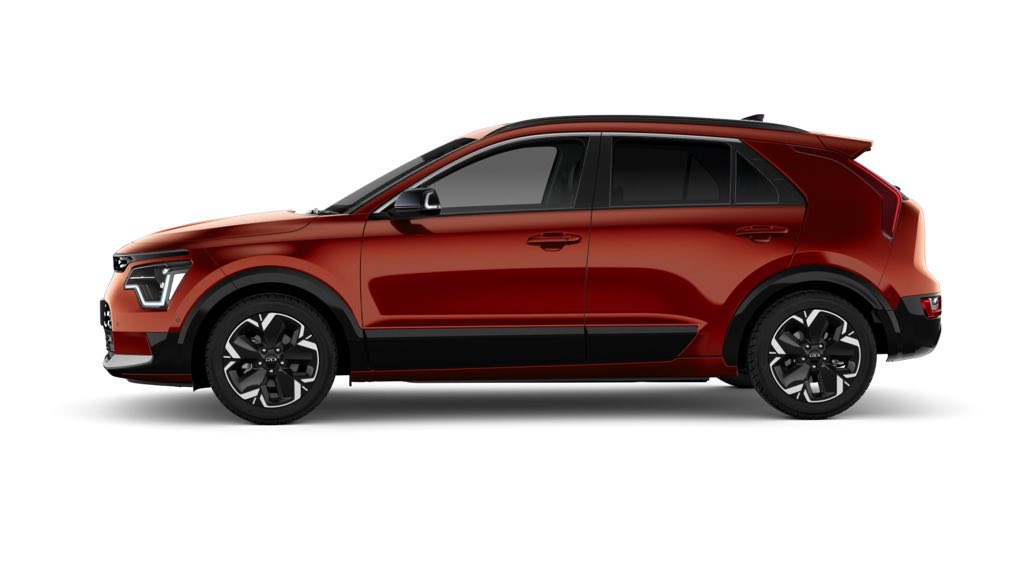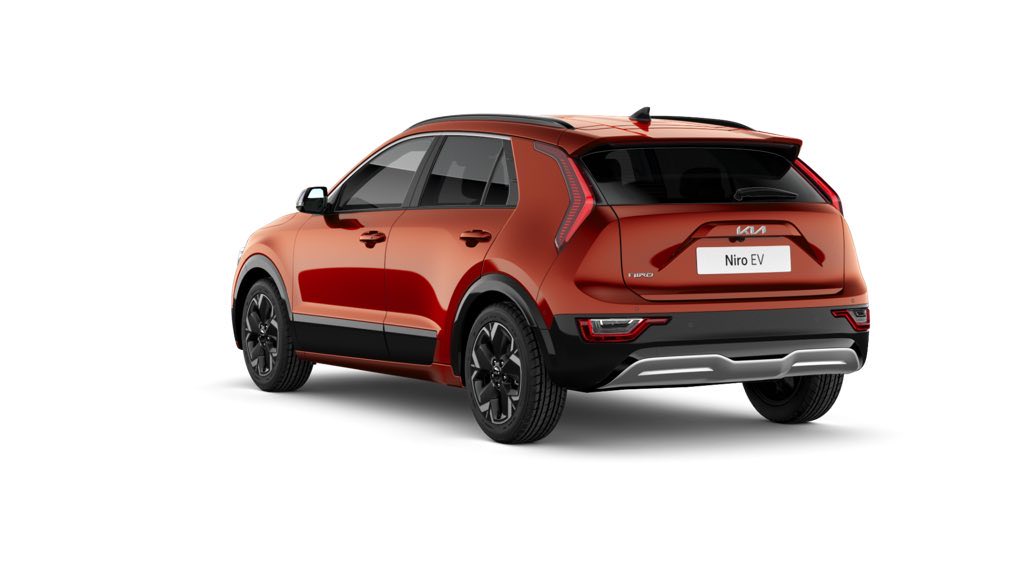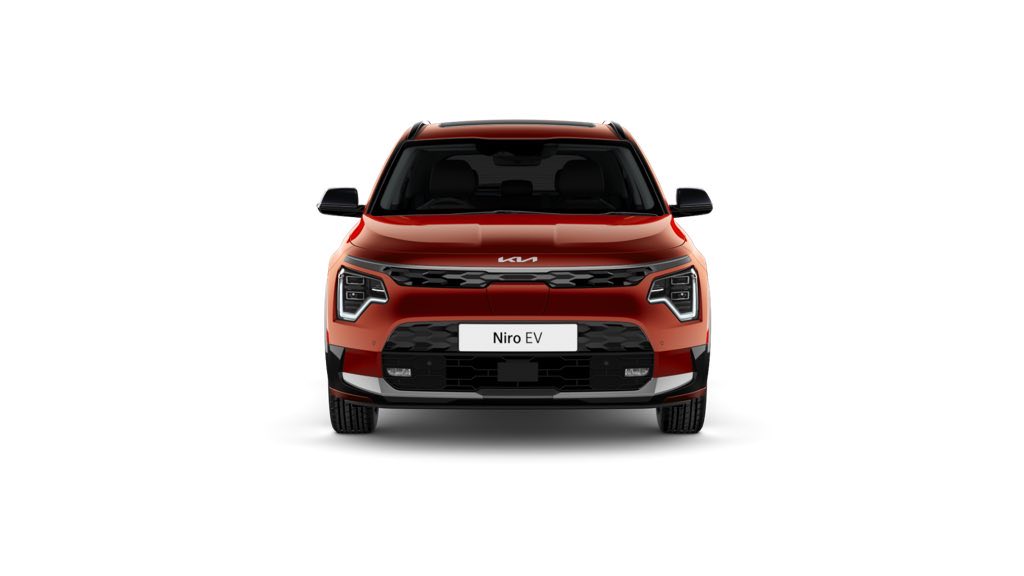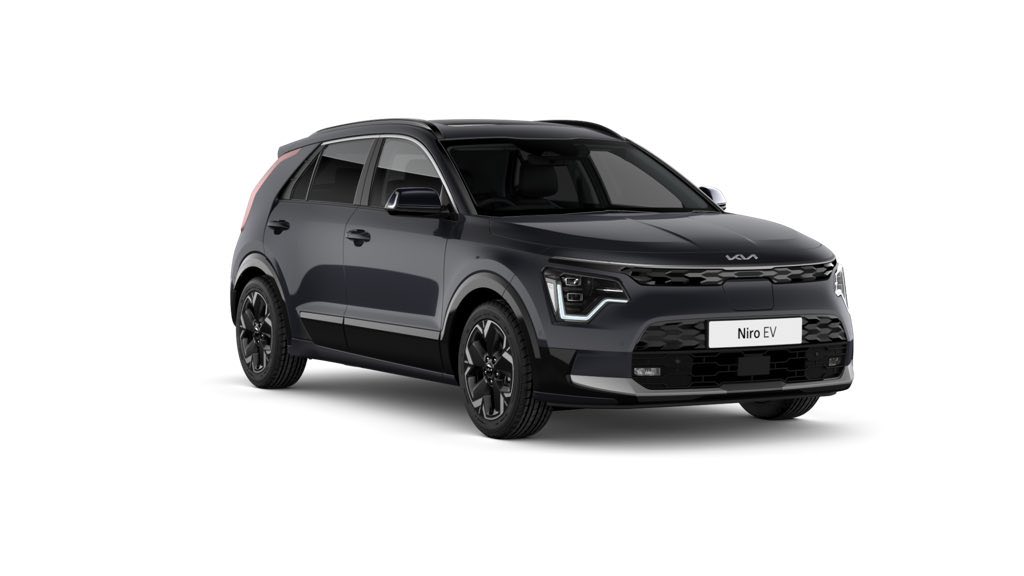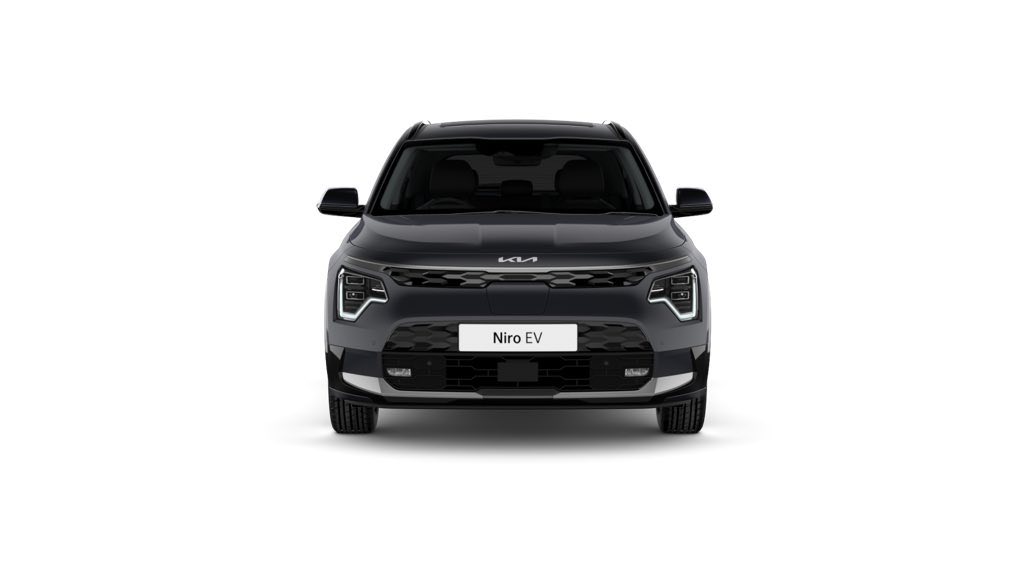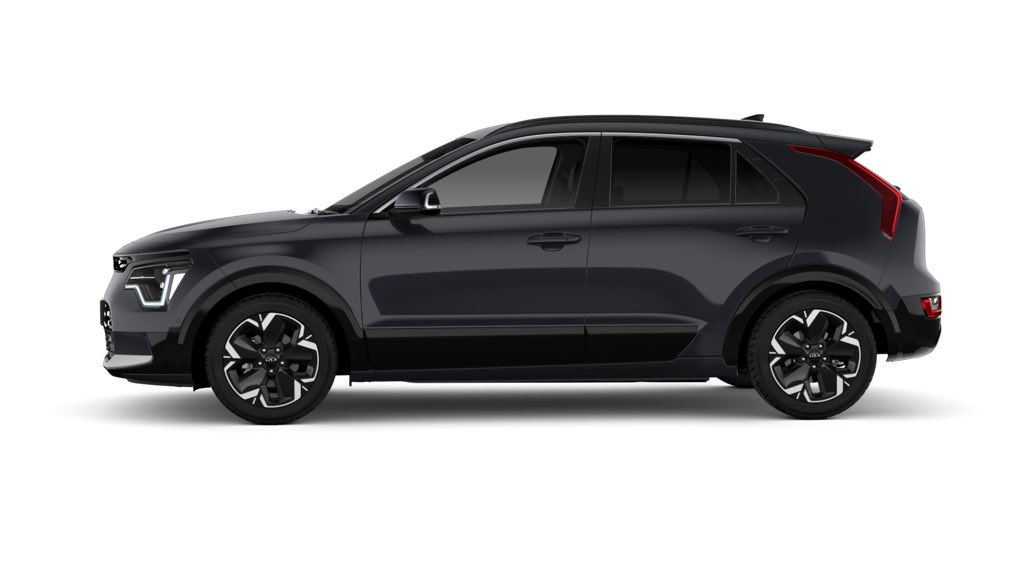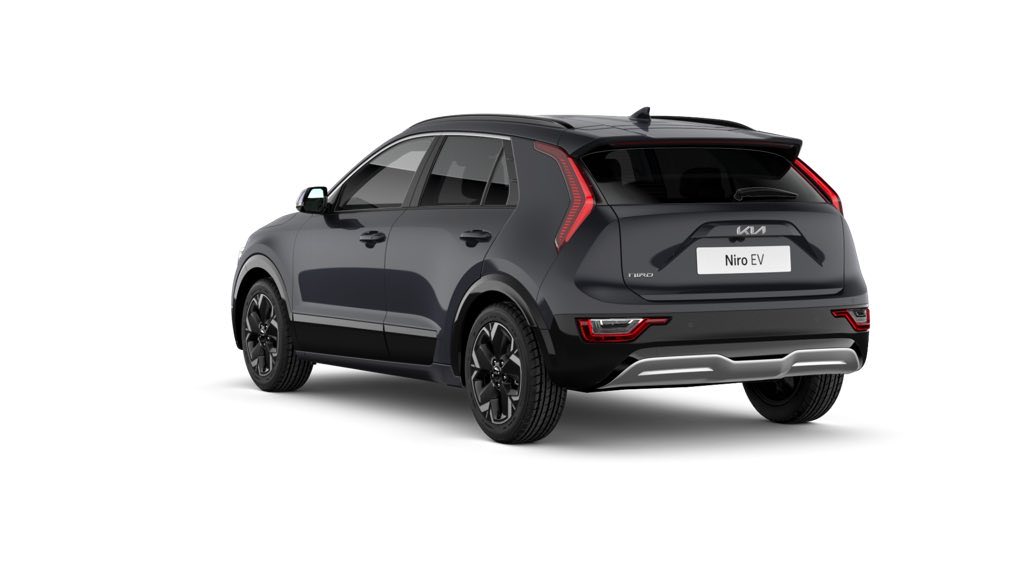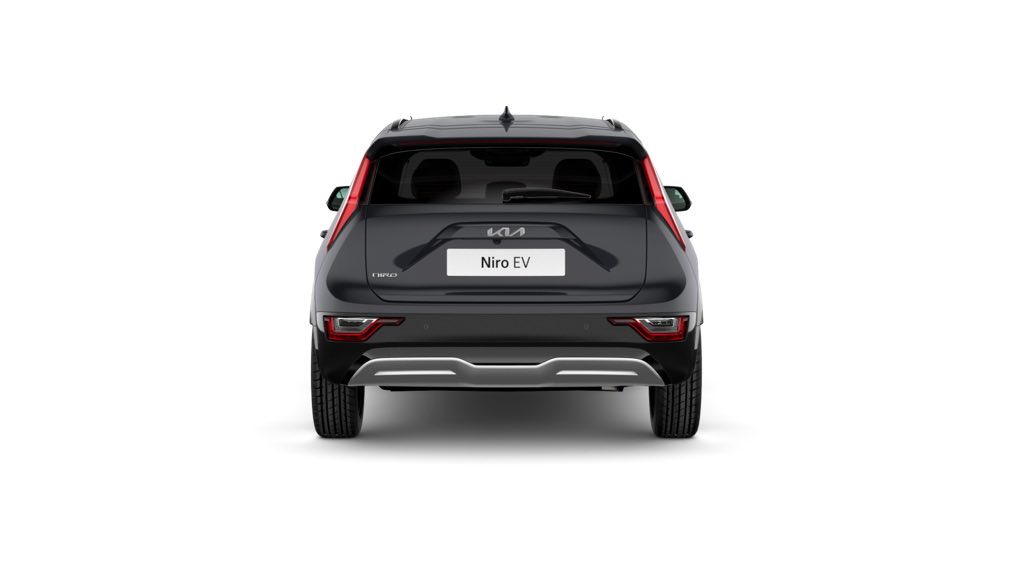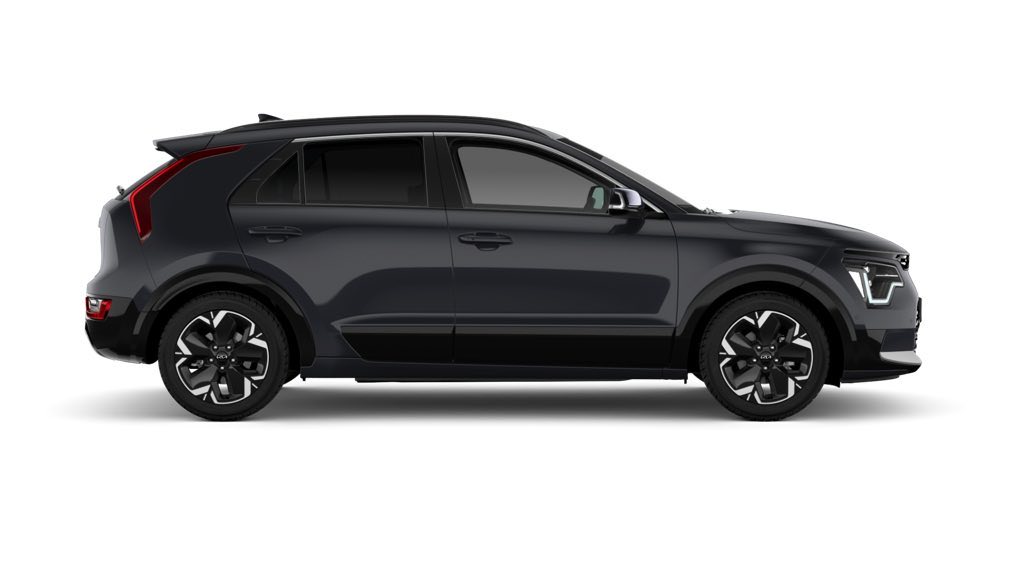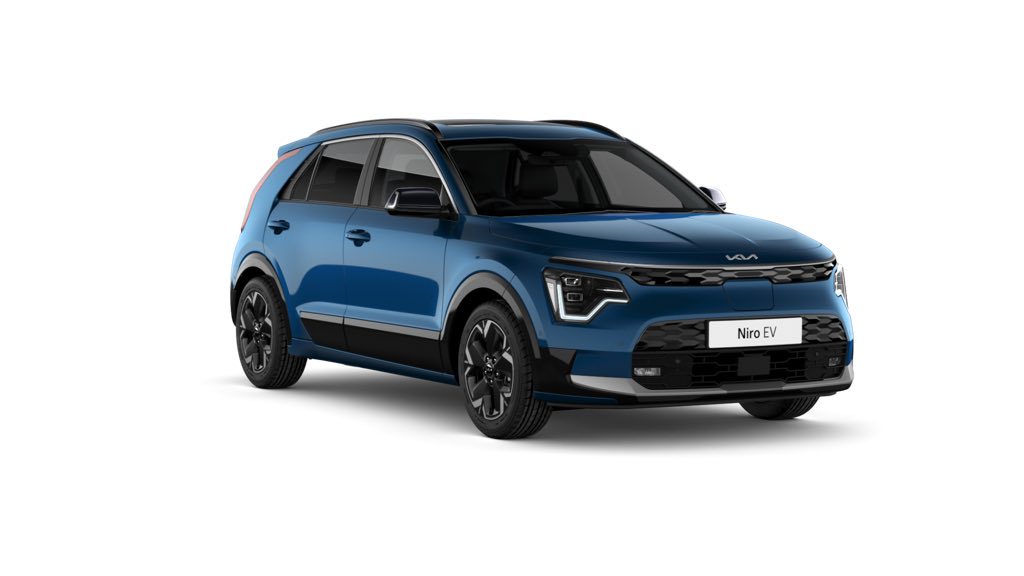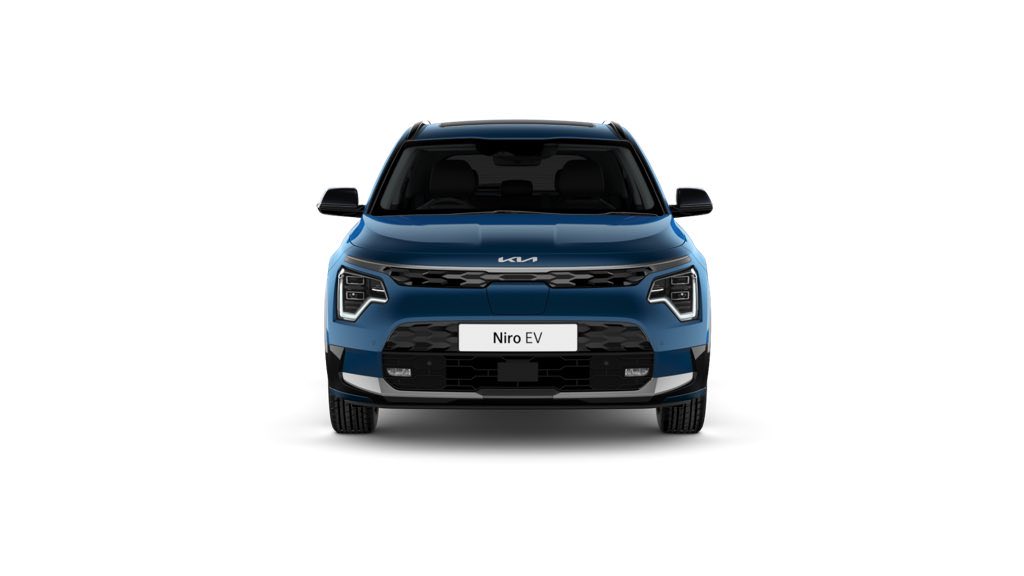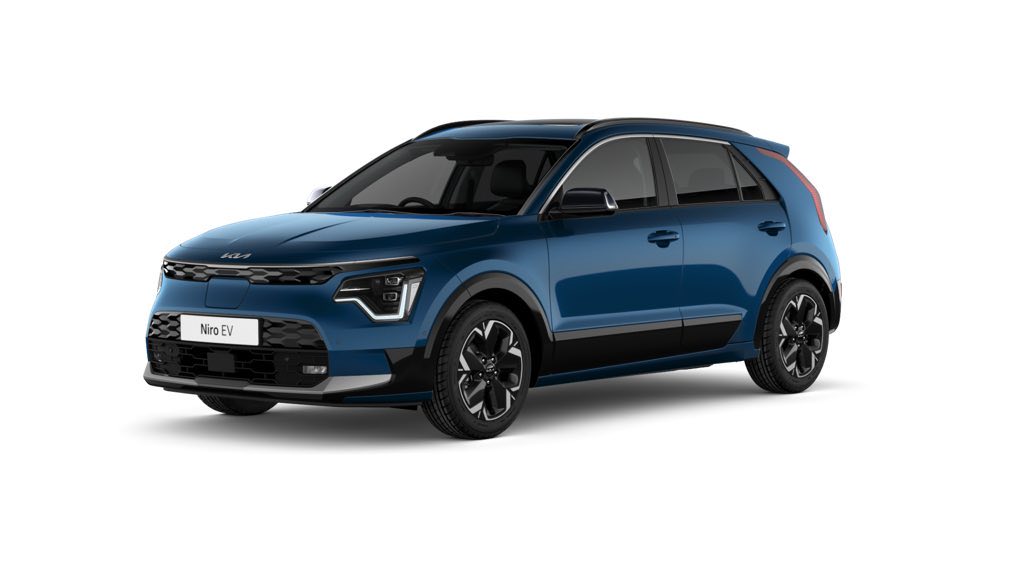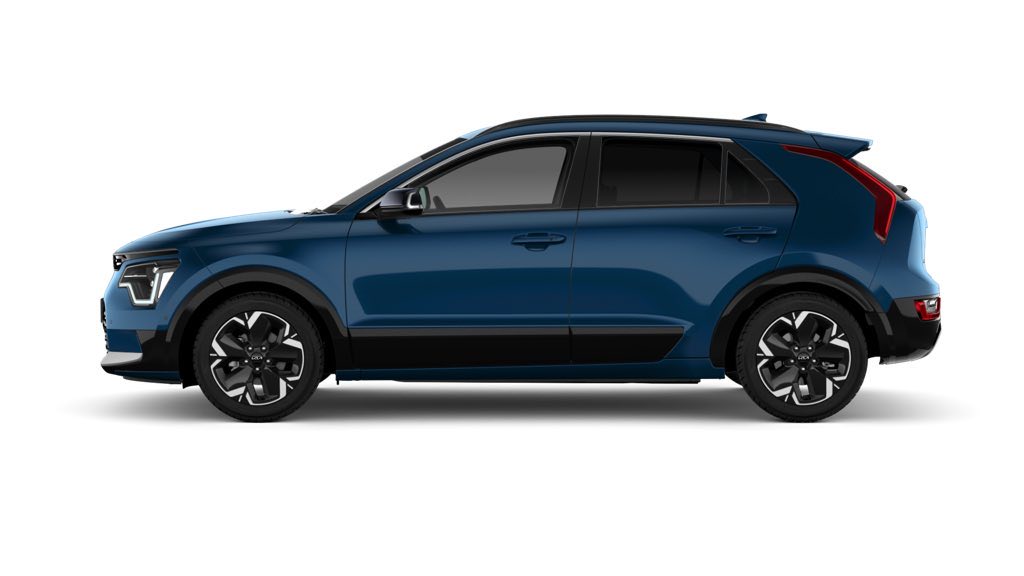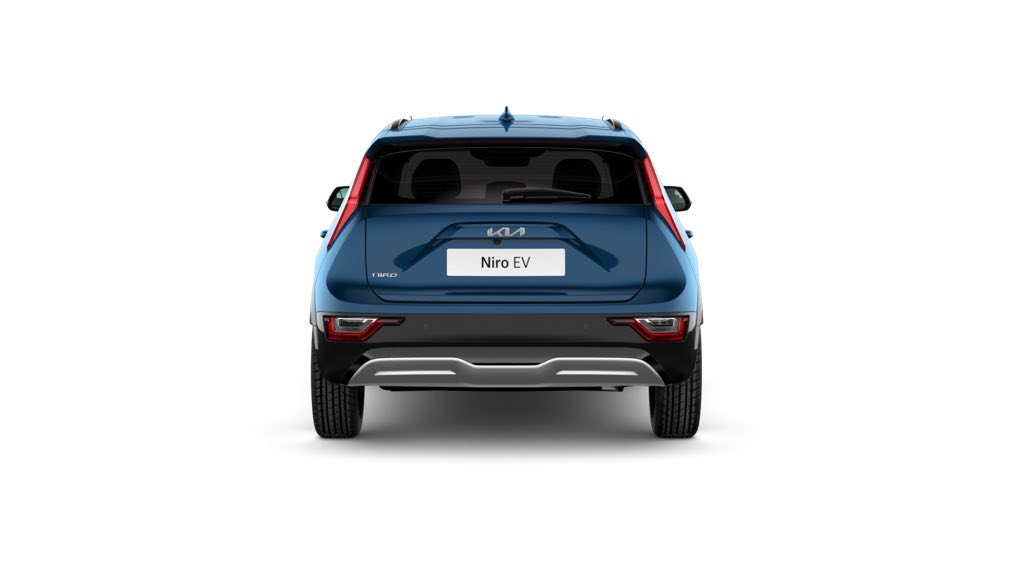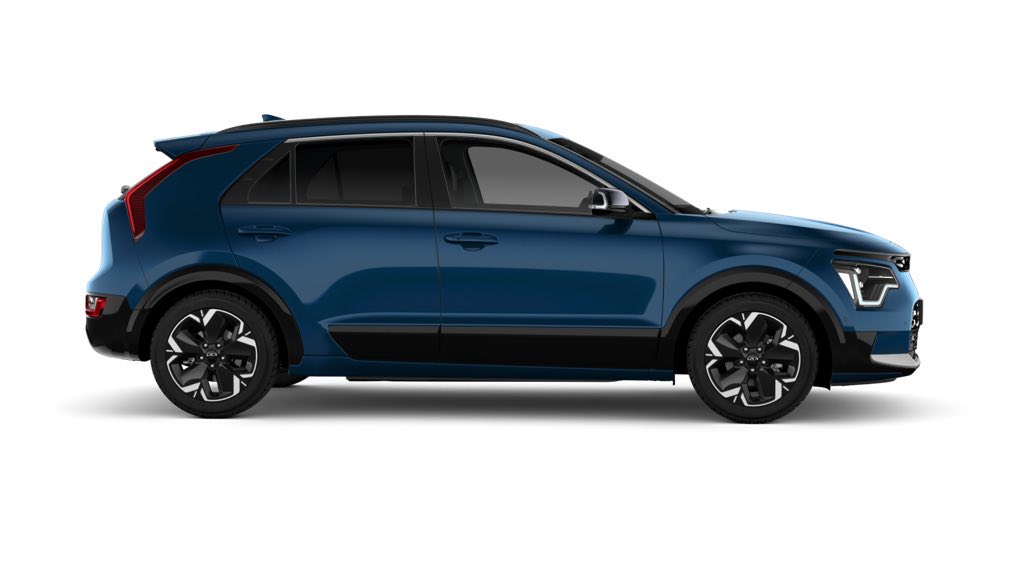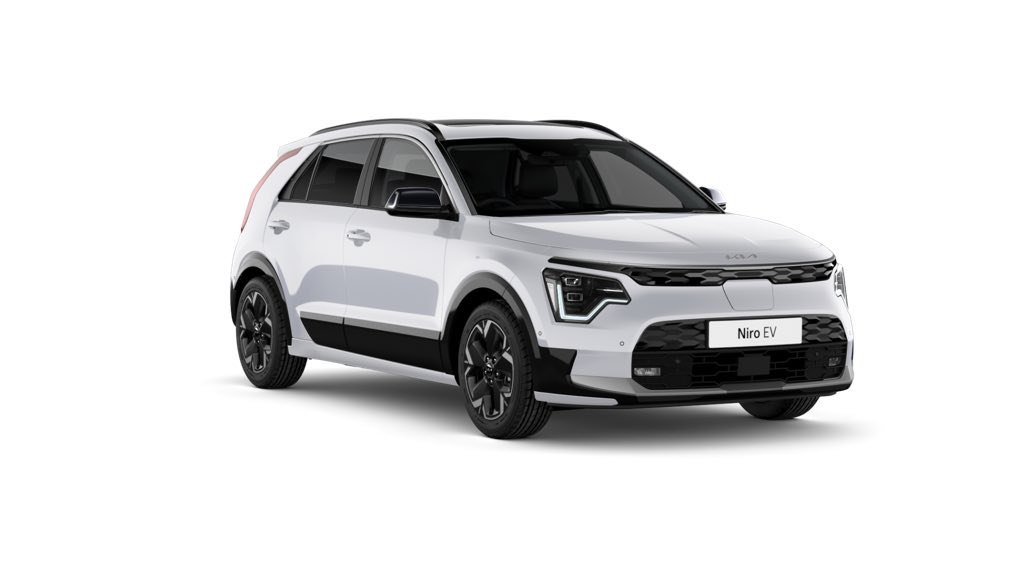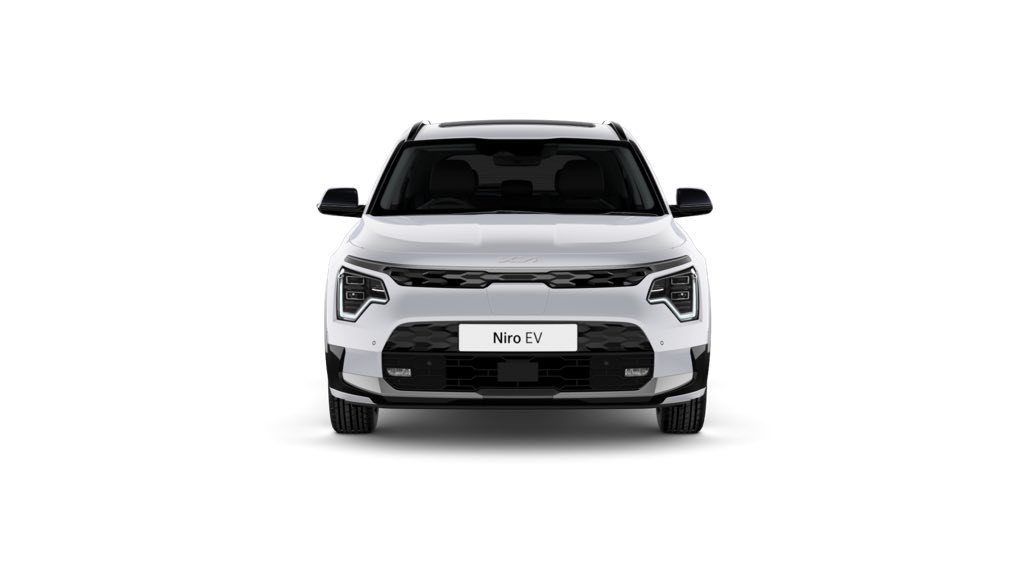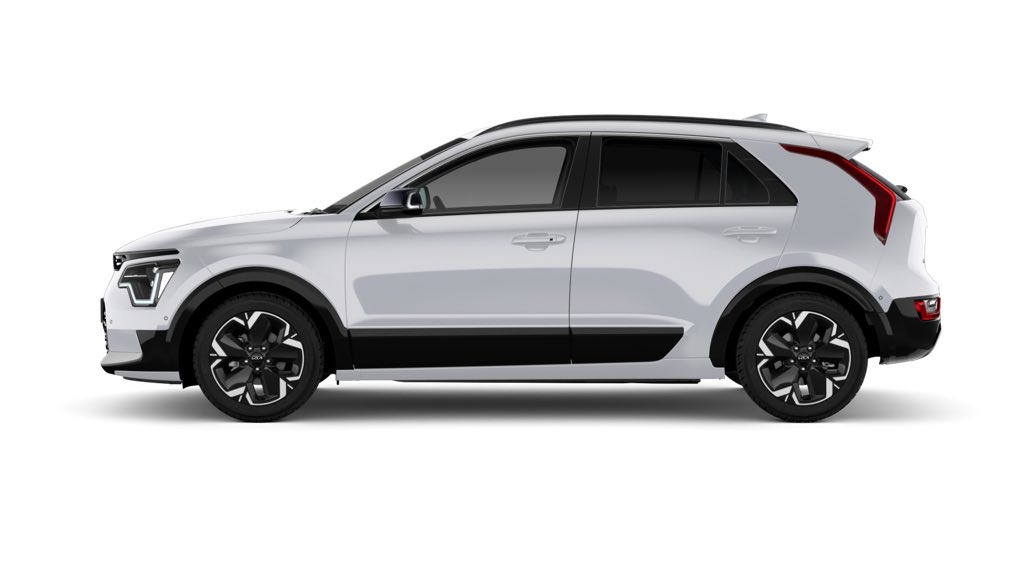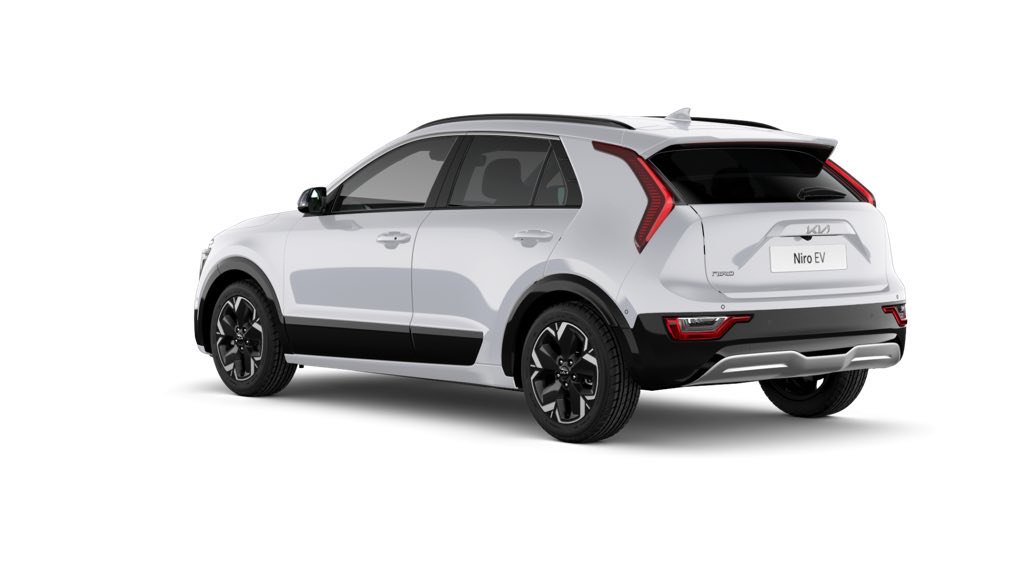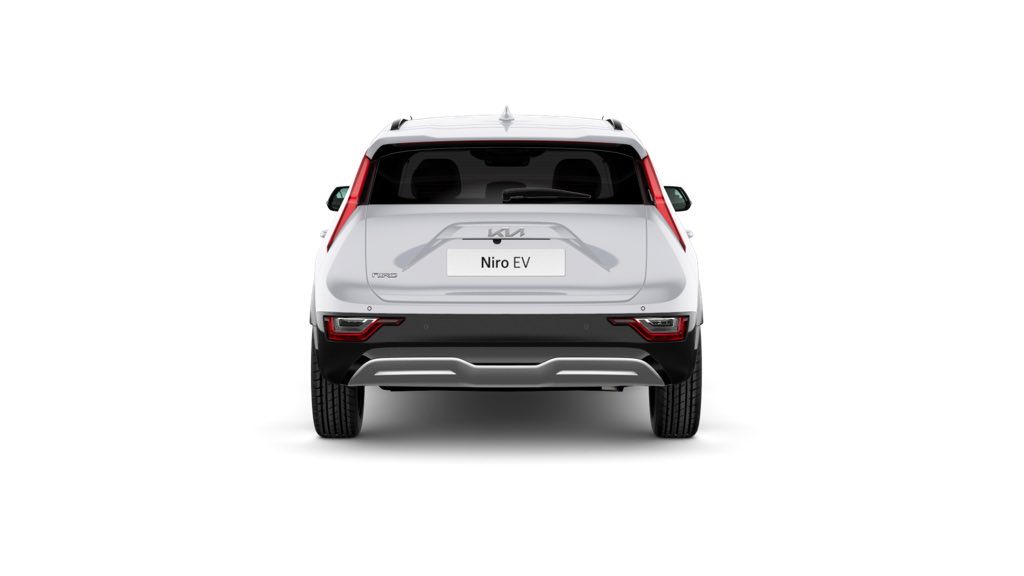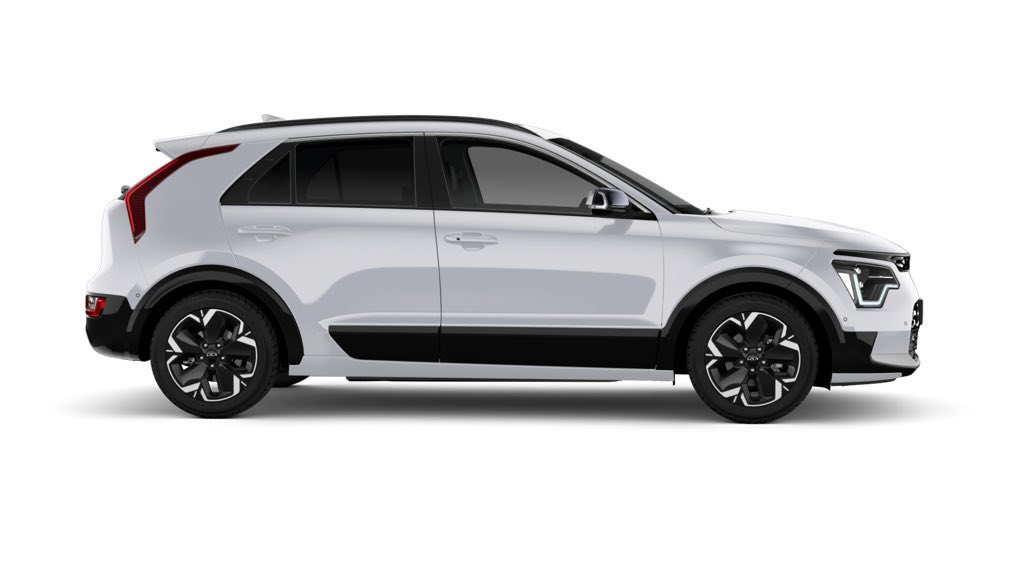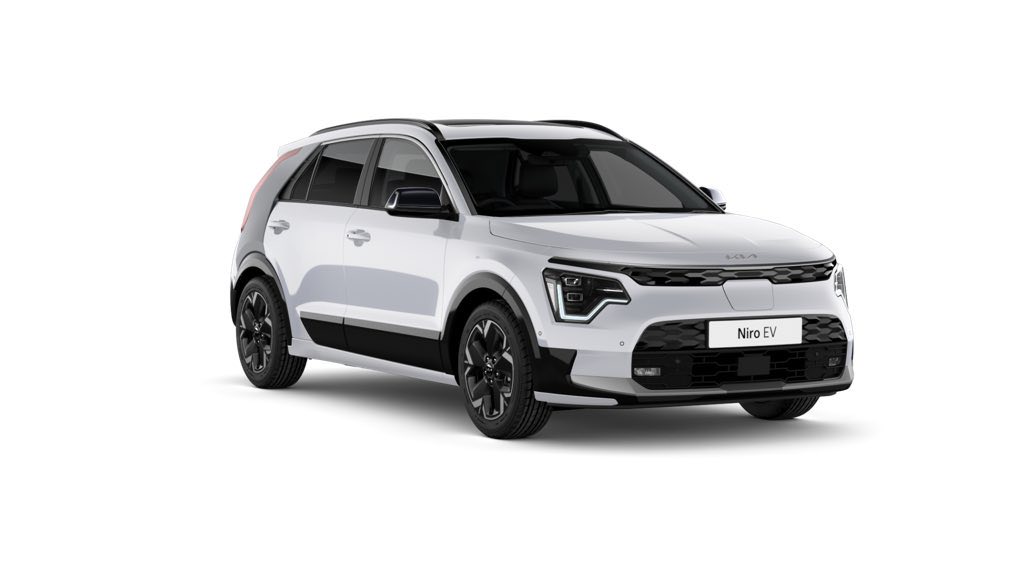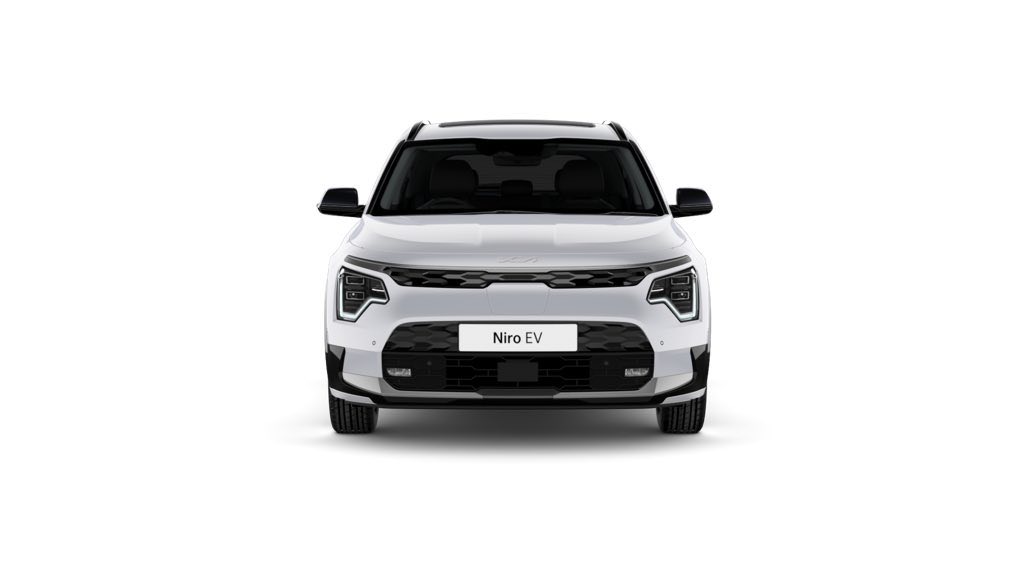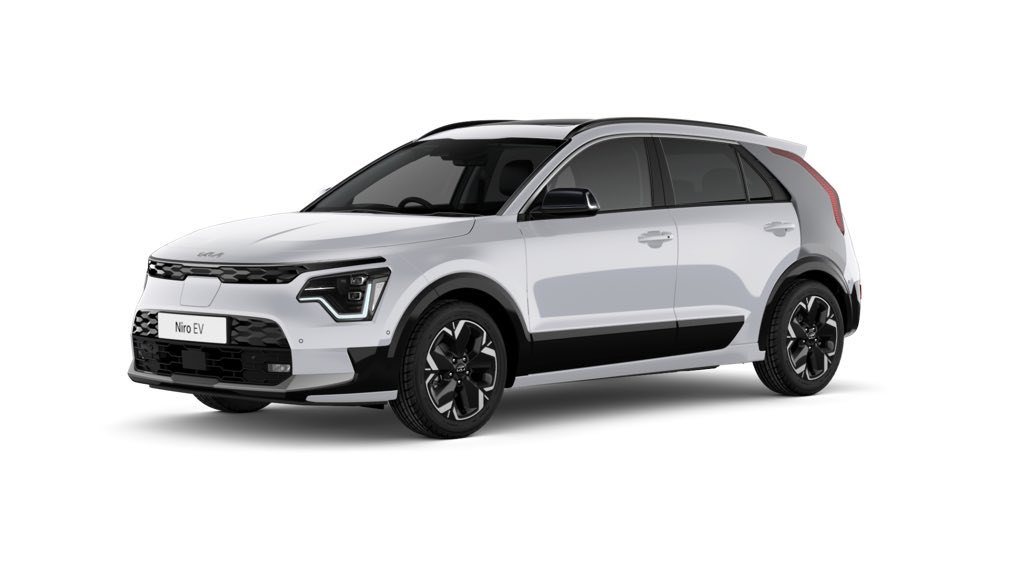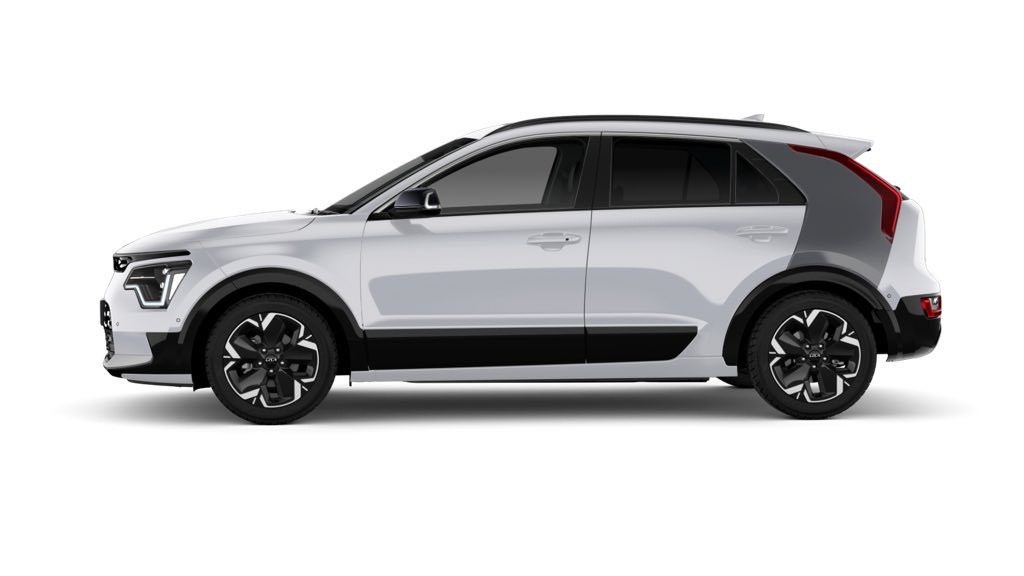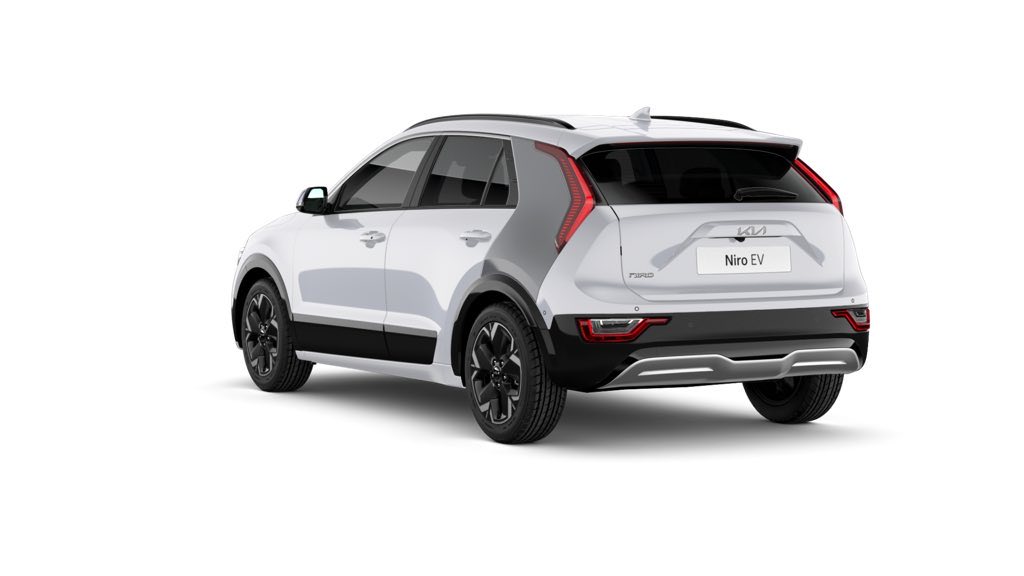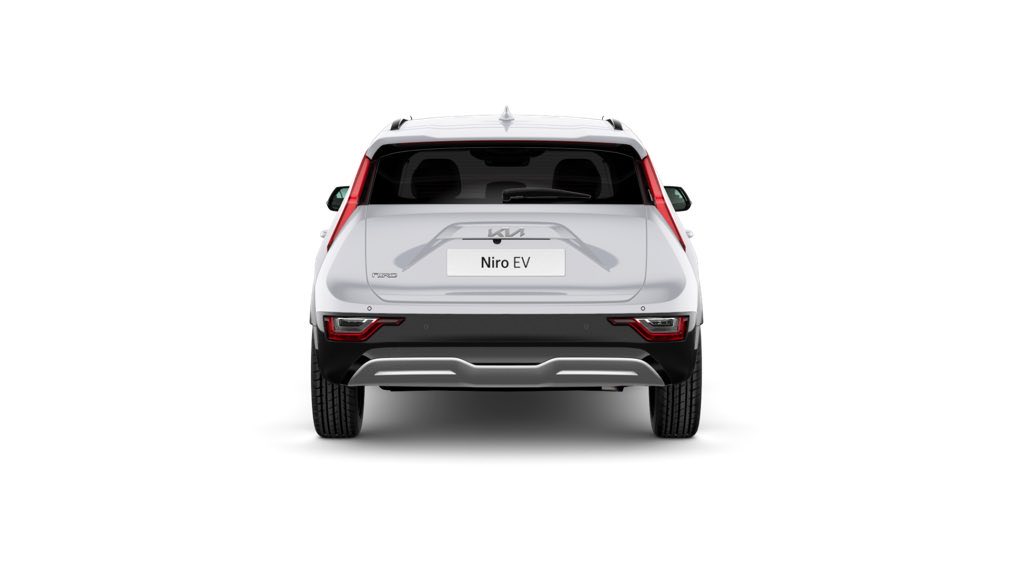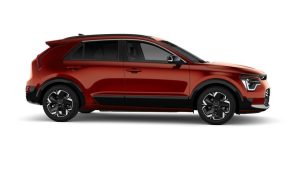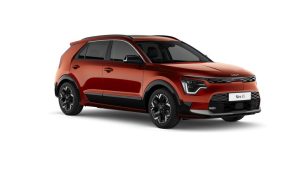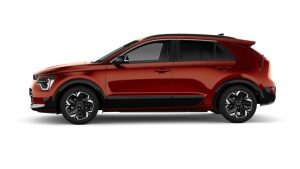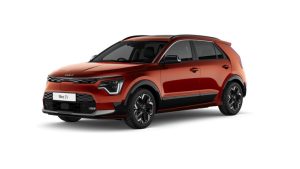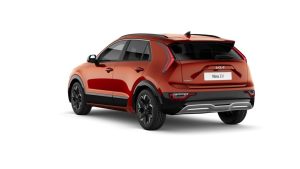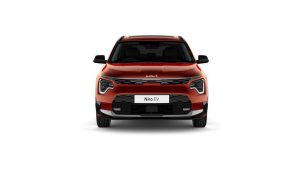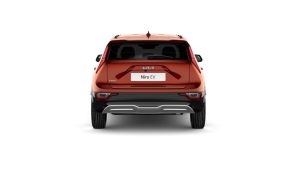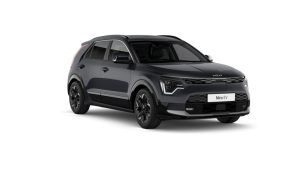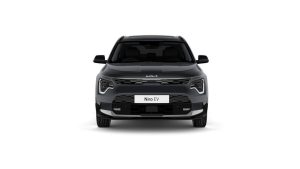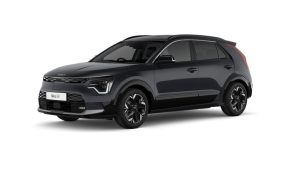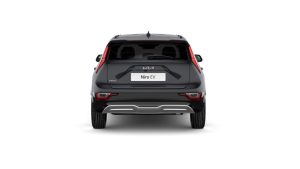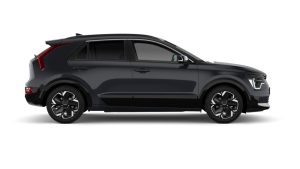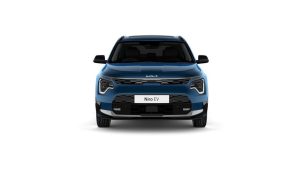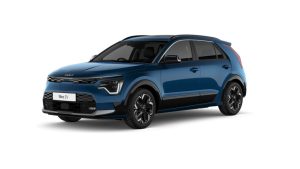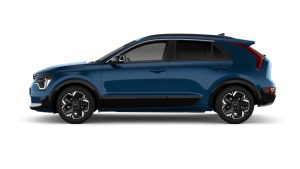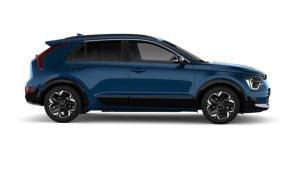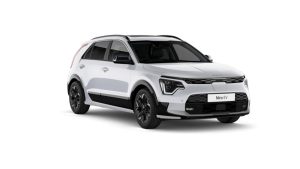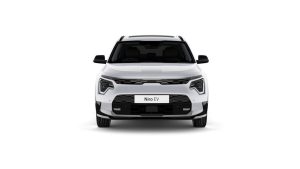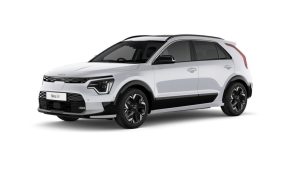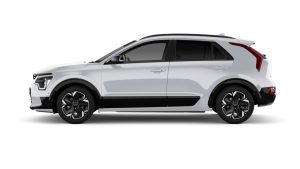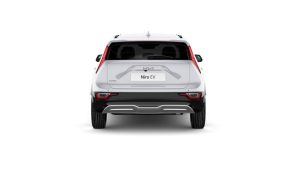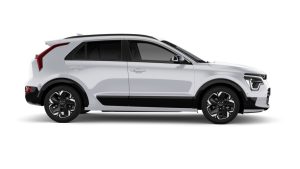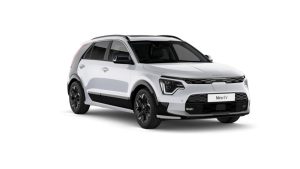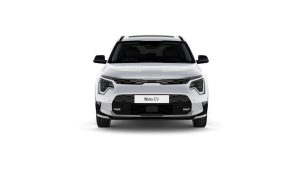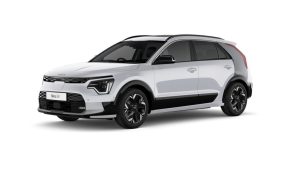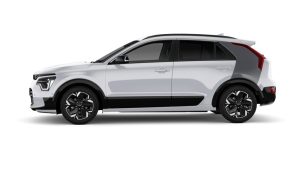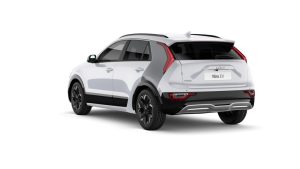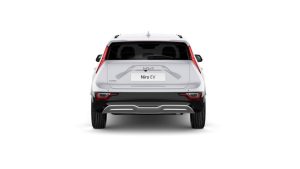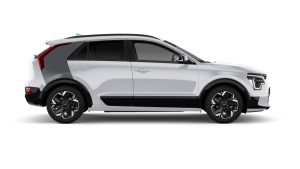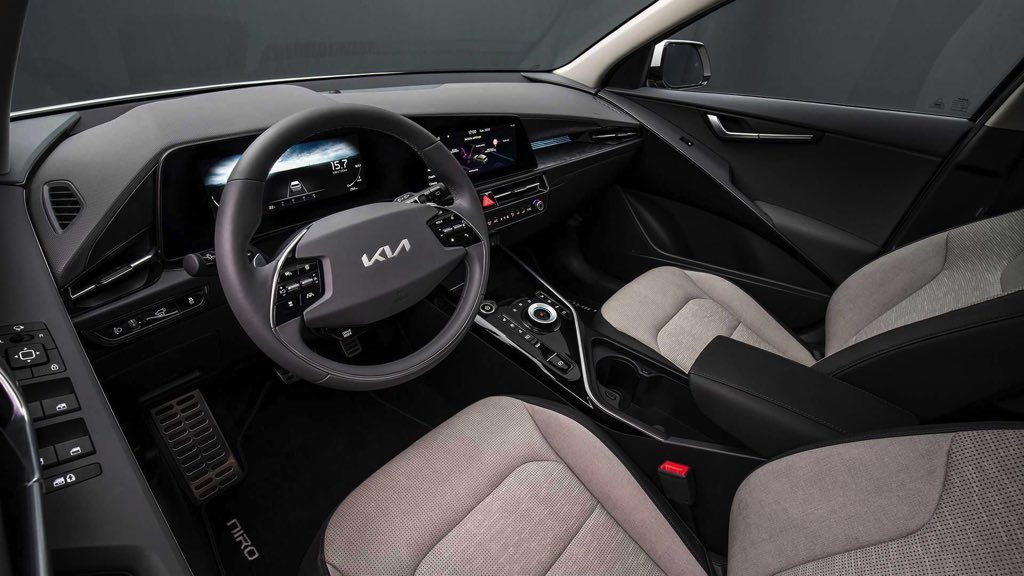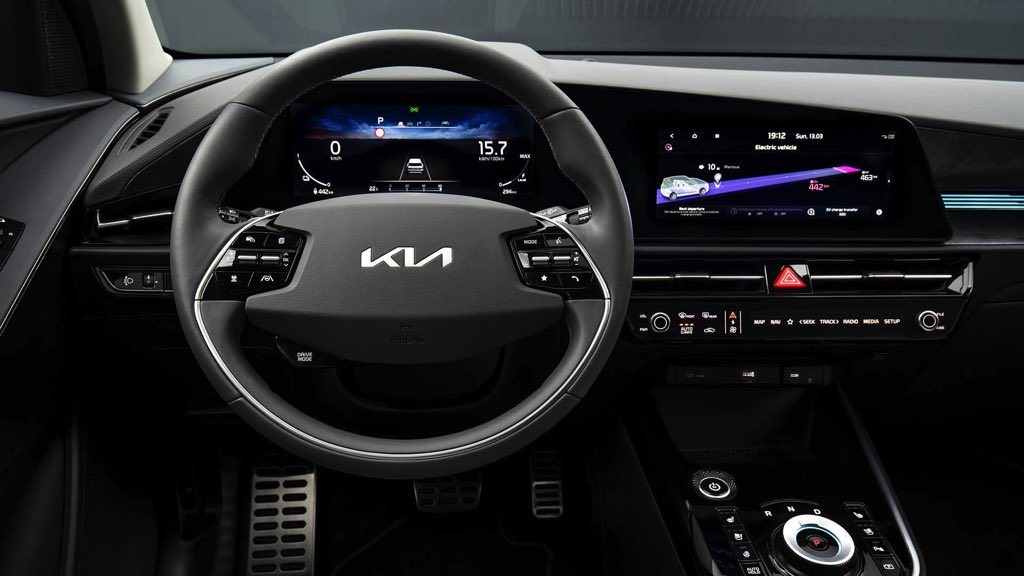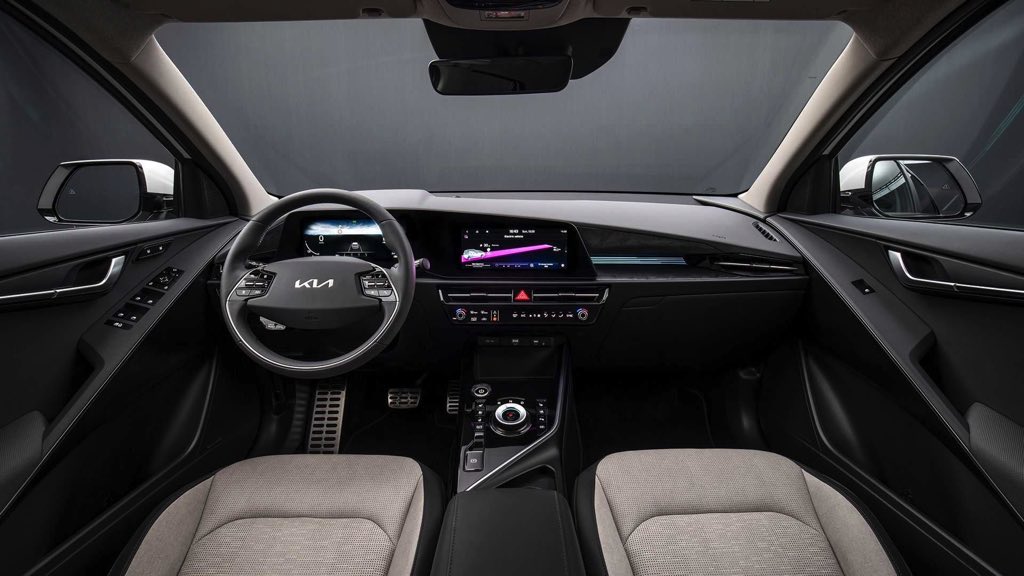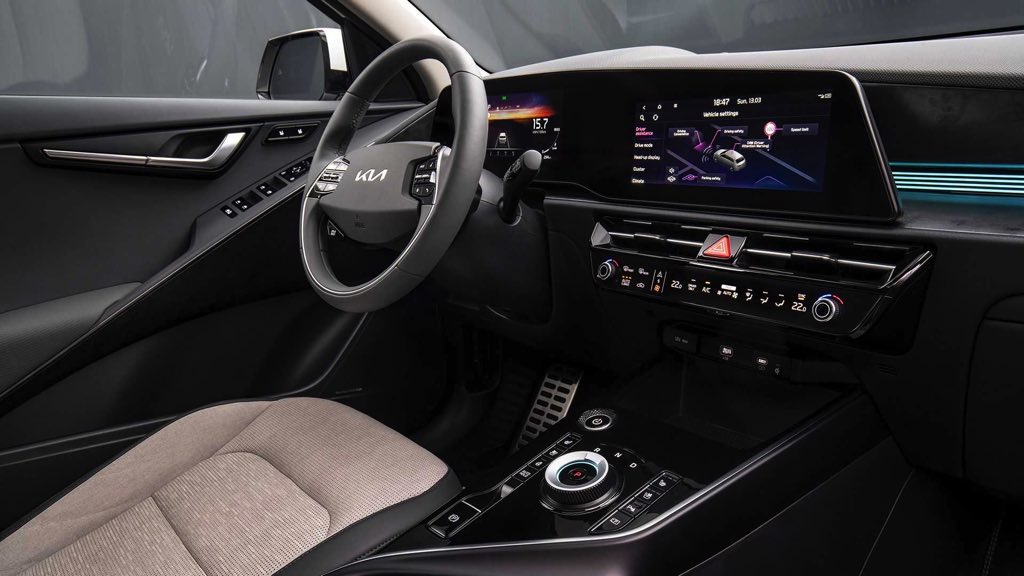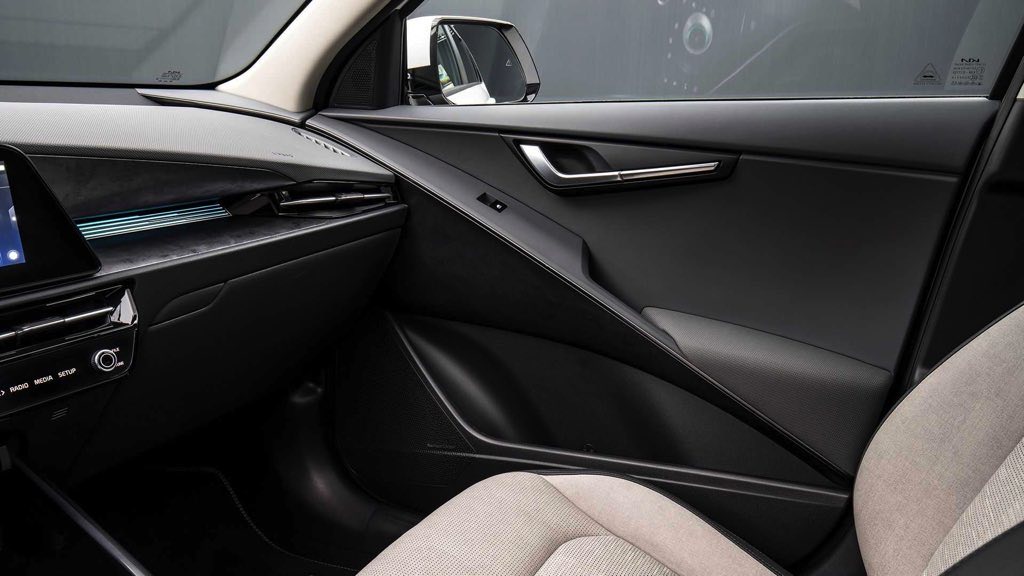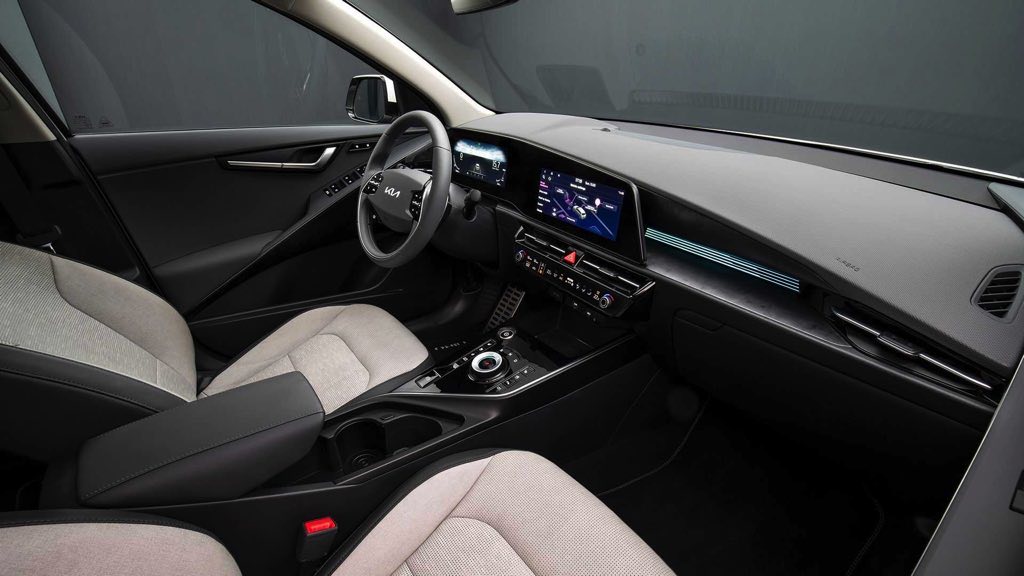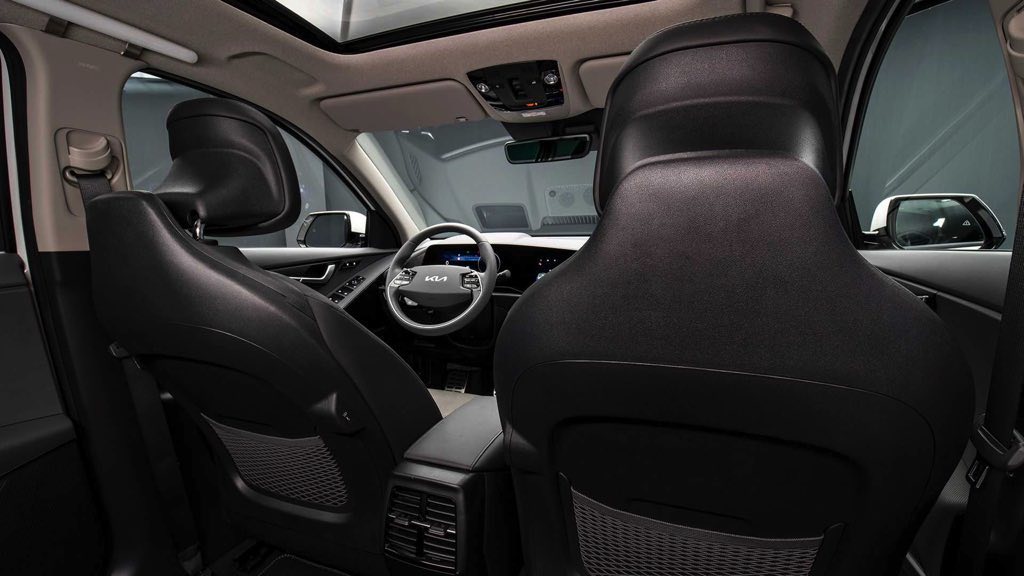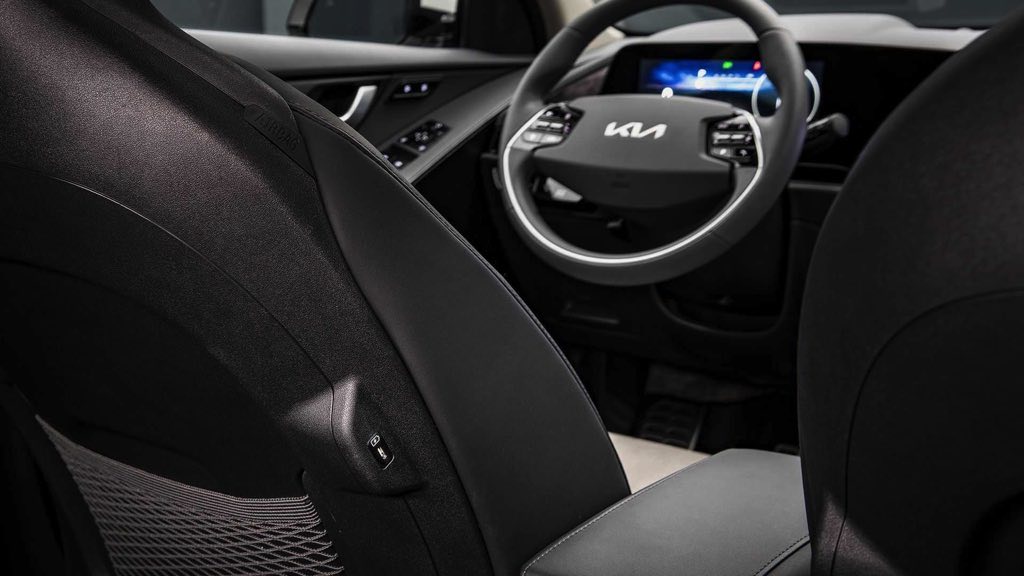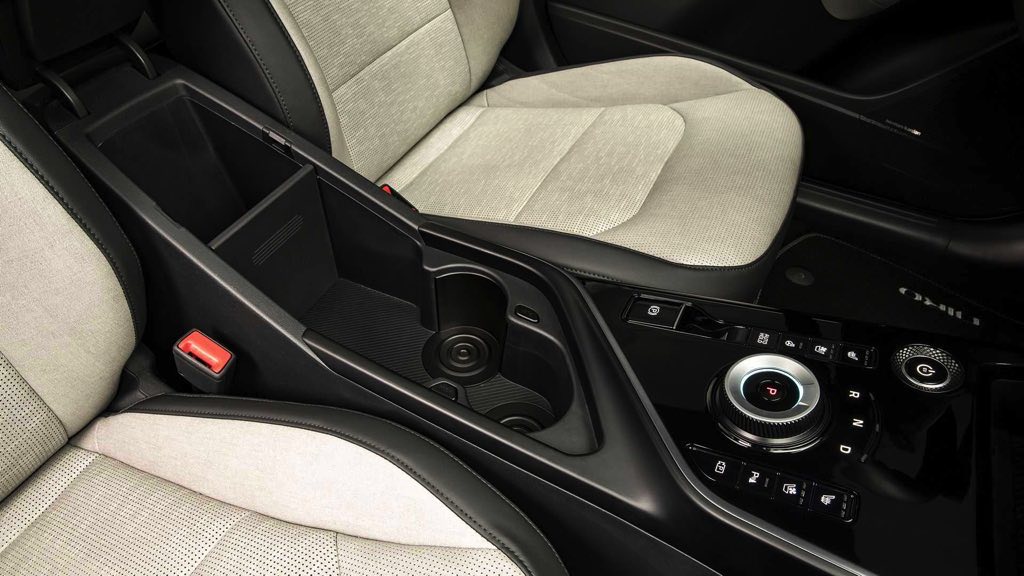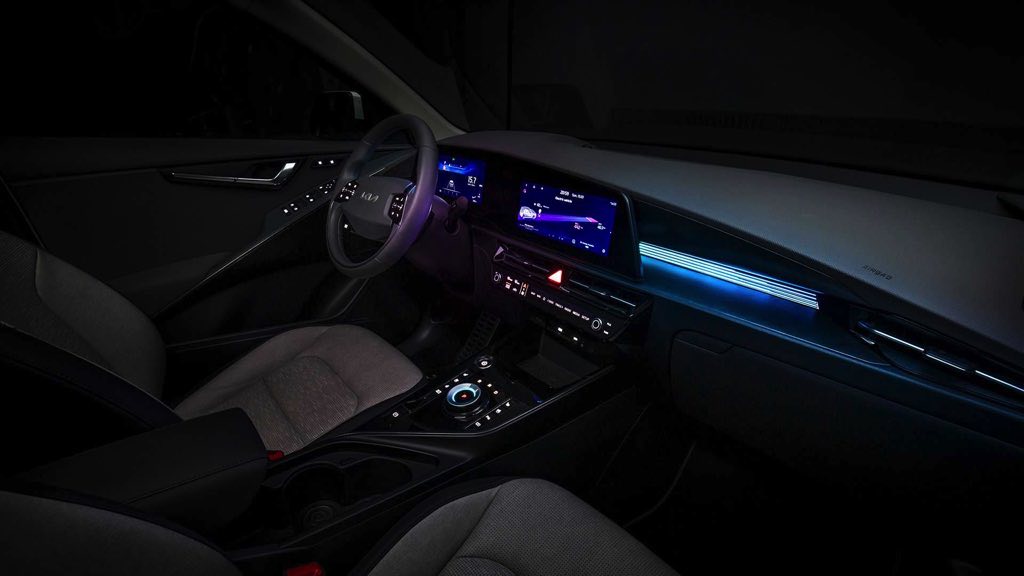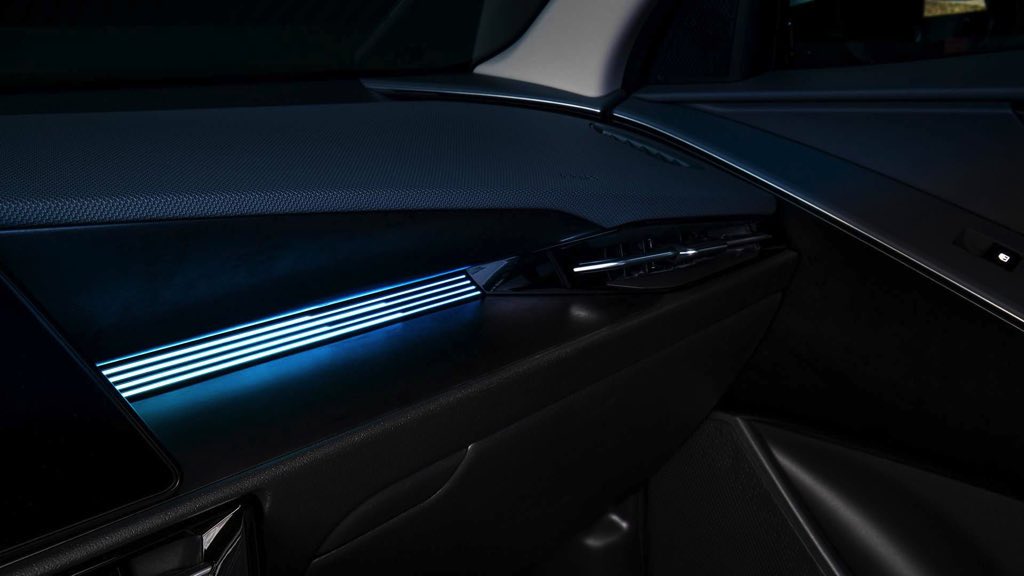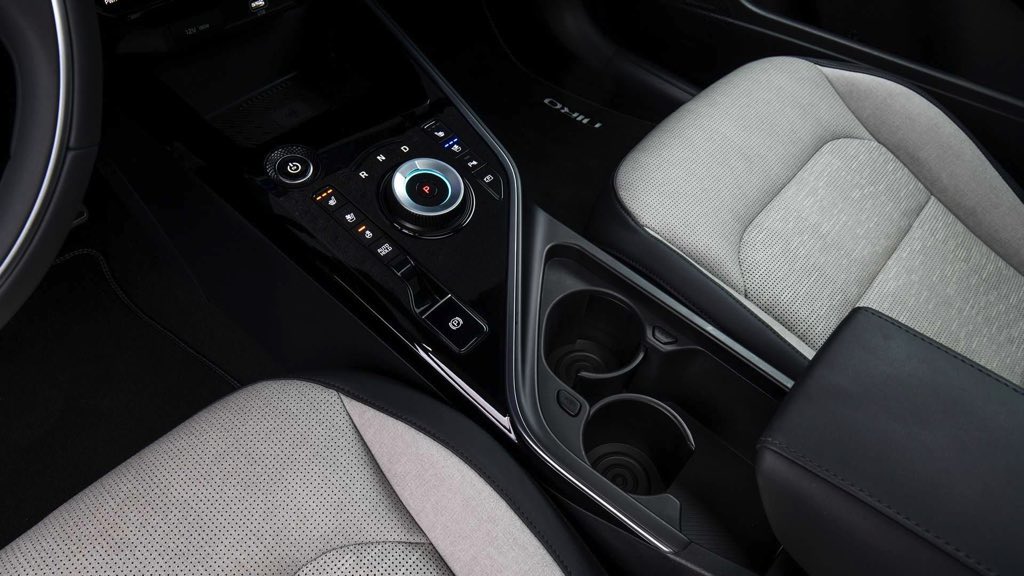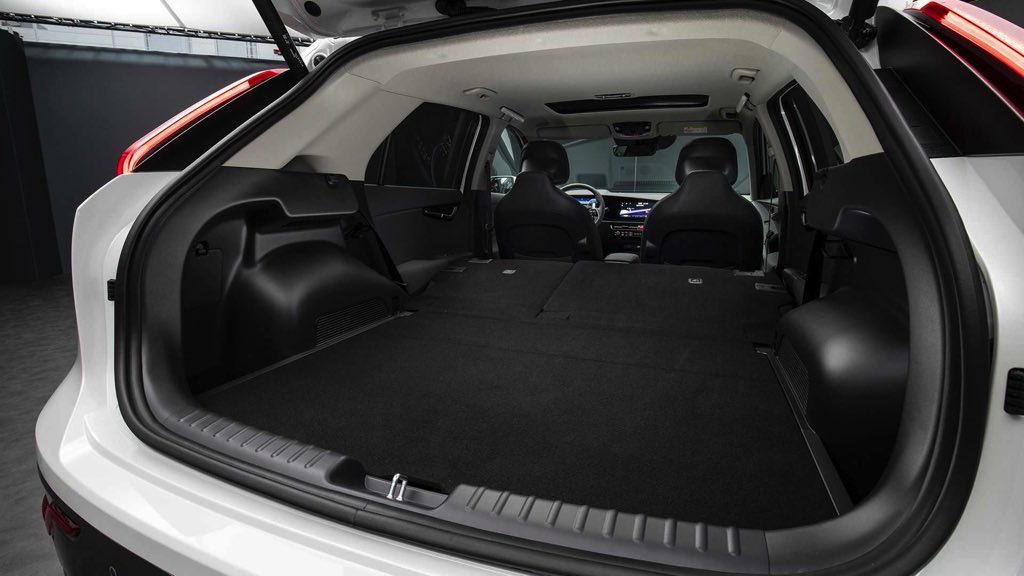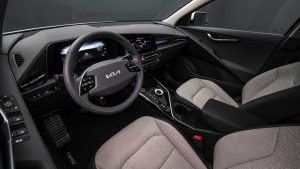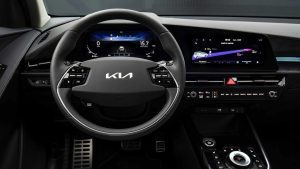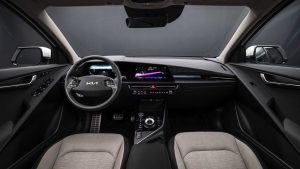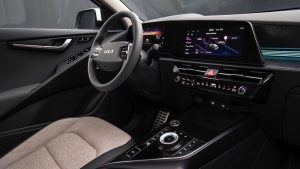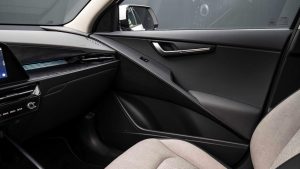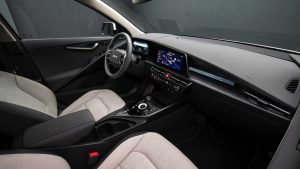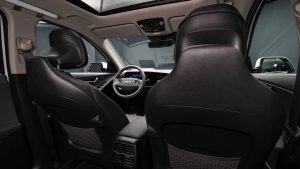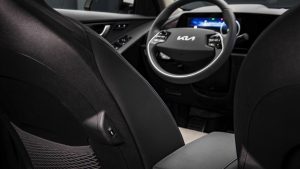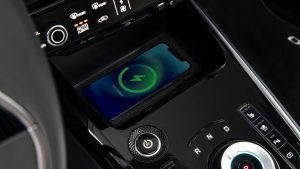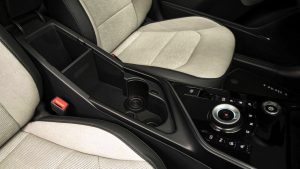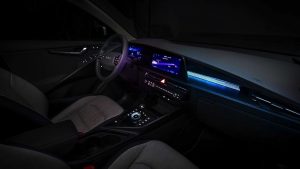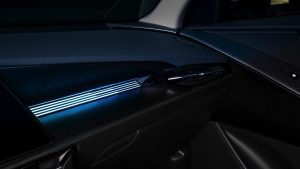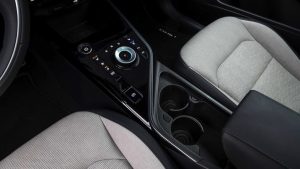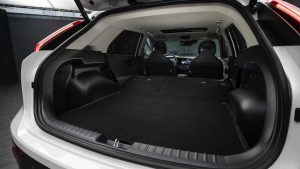Kia Niro EV
The Kia Niro EV is a fully electric compact SUV from the South Korean automaker, Kia. It was first introduced in 2018 and has received updates since then.
The Niro EV is powered by an electric motor that produces 201 horsepower and 255 Nm of torque. It has a range of up to 380 km on a single charge, making it a great option for daily commutes and longer trips. The Niro EV also features regenerative braking, which helps to recharge the battery while driving and increases the car’s efficiency.
Inside, the Niro EV offers a spacious and comfortable interior, with a range of features including heated and ventilated front seats, a 10.25-inch touchscreen infotainment system, and a premium sound system. It also includes a range of safety features, such as forward collision warning, automatic emergency braking, and lane departure warning.
Overall, the Kia Niro EV is a practical and efficient electric SUV that offers a combination of performance, range, and features. It is a good option for buyers who are looking for an electric vehicle that can accommodate daily use and longer trips.
| Real Range Estimation | |
| between 270 – 565 km | |
| City – Cold Weather | 375 km |
| Highway – Cold Weather | 270 km |
| Combined – Cold Weather | 320 km |
| City – Mild Weather | 565 km |
| Highway – Mild Weather | 345 km |
| Combined – Mild Weather | 435 km |
| Performance | |
| Acceleration 0 – 100 km/h | 7.8 sec |
| Top Speed | 167 km/h |
| Electric Range | 380 km |
| Total Power | 150 kW (204 PS) |
| Total Torque | 255 Nm |
| Drive | Front |
| Battery and Charging | |
| Battery Capacity | 68.0 kWh |
| Battery Useable | 64.8 kWh |
| Europe | |
| Charge Port | Type 2 |
| Port Location | Front – Middle |
| Charge Power | 11 kW AC |
| Charge Time (0->380 km) | 7 hours |
| Charge Speed | 55 km/h |
| Fastcharge Port | CCS |
| FC Port Location | Front – Middle |
| Fastcharge Power (max) | 80 kW DC |
| Fastcharge Time (38->304 km) | 41 min |
| Fastcharge Speed | 380 km/h |
| Click here for all charging information | |
| Energy Consumption | |
| EVDB Real Range | |
| Range | 380 km |
| Vehicle Consumption | 171 Wh/km |
| CO2 Emissions | 0 g/km |
| Vehicle Fuel Equivalent | 1.9 l/100km |
| WLTP Ratings | |
| Range | 463 km |
| Rated Consumption | 164 Wh/km |
| Vehicle Consumption | 140 Wh/km |
| CO2 Emissions | 0 g/km |
| Rated Fuel Equivalent | 1.8 l/100km |
| Vehicle Fuel Equivalent | 1.6 l/100km |
|
Rated = official figures as published by manufacturer. Rated consumption and fuel equivalency figures include charging losses.
|
|
|
Vehicle = calculated battery energy consumption used by the vehicle for propulsion and on-board systems.
|
|
| Real Energy Consumption Estimation | |
| between 115 – 240 Wh/km | |
| City – Cold Weather | 173 Wh/km |
| Highway – Cold Weather | 240 Wh/km |
| Combined – Cold Weather | 203 Wh/km |
| City – Mild Weather | 115 Wh/km |
| Highway – Mild Weather | 188 Wh/km |
| Combined – Mild Weather | 149 Wh/km |
|
Energy use for each trip will vary considerably depending on the driver and the conditions. Therefore, we have provided a range of estimates which can be useful in developing an understanding of the potential benefits of this technology.
|
|
| Dimensions and Weight | |
| Length | 4420 mm |
| Width | 1825 mm |
| Width with mirrors | No Data |
| Height | 1570 mm |
| Wheelbase | 2720 mm |
| Weight Unladen (EU) | 1757 kg |
| Gross Vehicle Weight (GVWR) | 2200 kg |
| Max. Payload | 518 kg |
| Cargo Volume | 475 L |
| Cargo Volume Max | 1392 L |
| Cargo Volume Frunk | 20 L |
| Roof Load | 100 kg |
| Tow Hitch Possible | Yes |
| Towing Weight Unbraked | 300 kg |
| Towing Weight Braked | 750 kg |
| Vertical Load Max | 100 kg |
| Miscellaneous | |
| Seats | 5 people |
| Isofix | Yes, 2 seats |
| Turning Circle | 10.6 m |
| Platform | HYUNDAI-KIA K3 |
| Car Body | SUV |
| Segment | JC – Medium |
| Roof Rails | Yes |
| EV Dedicated Platform | No |
Home and Destination Charging (0 -> 100%)
A public charging station is required to use the highest possible charging rate. The EVSE/charging station’s charging capacity affects how long it takes to fully charge the battery. The table below shows all possible options for fully charging the Kia Niro EV.
In Europe, plugging an electric car into an outlet is often as easy as plugging it into a household outlet, but there are differences from country to country. The table below shows the different ways to charge the Kia Niro EV, but in some countries some chargers may not be available.
Type 2 (Mennekes – IEC 62196)

| Charging Point | Max. Power | Power | Time | Rate |
| Wall Plug (2.3 kW) | 230V / 1x10A | 2.3 kW | 33h15m | 11 km/h |
| 1-phase 16A (3.7 kW) | 230V / 1x16A | 3.7 kW | 20h45m | 18 km/h |
| 1-phase 32A (7.4 kW) | 230V / 1x32A | 7.4 kW | 10h30m | 36 km/h |
| 3-phase 16A (11 kW) | 400V / 3x16A | 11 kW | 7 hours | 54 km/h |
| 3-phase 32A (22 kW) | 400V / 3x16A | 11 kW | 7 hours | 54 km/h |
Fast Charging (10 -> 80%)
If you want to enjoy driving an electric car, one of the most important features to consider is the number of miles per hour the car can travel while charged. This is called the “range” of the car. All electric cars have a certain range, even if they are 100% charged. This is because they do not have an internal combustion engine to lean on if you need to drive a long distance.
Max. Power: The maximum power provided by the charging point
Avg. Power: The average power provided by the charging point during a session of 10% to 80%.
Time: the time it takes to charge from 10% to 80%
Speed: the average charging rate during the session of 10% to 80%
Combined Charging System (CCS Combo 2)
| Charging Point | Max. Power | Avg. Power | Time | Rate |
| CCS (50 kW DC) | 50 kW | 45 kW | 64 min | 240 km/h |
| CCS (100 kW DC) | 80 kW | 70 kW | 41 min | 380 km/h |
| CCS (150 kW DC) | 80 kW | 70 kW | 41 min | 380 km/h |
| Brand | Kia |
| Model | Niro EV |
| Body Style | SUV |
| Car Engine | electric |
| Motor power | 150 |
| Maximum Torque, Nm | 255 |
| Battery Energy, kWh | 68 |
| Power reserve (NEDC/EPA/WLTP), km | - / - / 380 |
| Level Charging (230/400/DC), hours | 20.45 / 7.0 / 0.41 |
| Electrical Acceleration, 0-100 km/h (0-62.1 mph) in sec | 7.8 |
| Top Speed, km/h | 167 |
